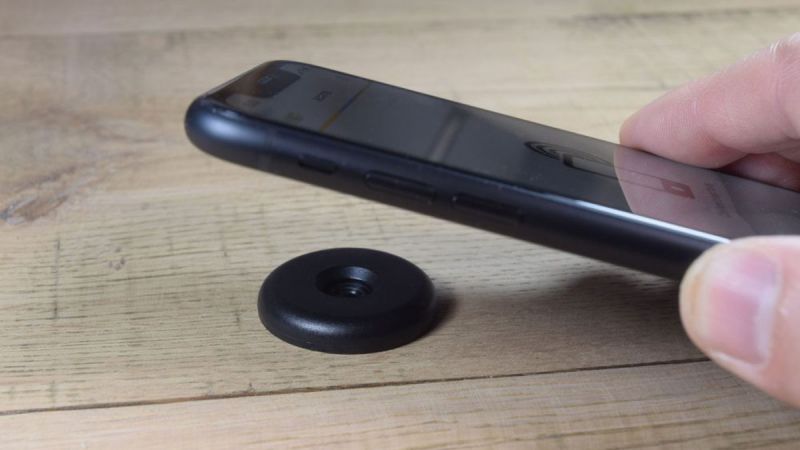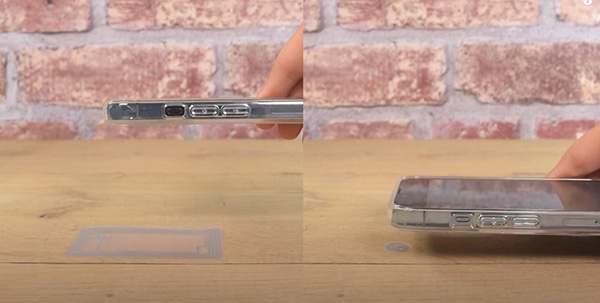
We are introducing a new ScanStrength system for measuring the scan distances of NFC tags. Scan distance is simply how close you need to hold your phone to an NFC tag before it will scan. We launched our old ScanStrength system as we realised that many customers wanted a better understanding of NFC tag scan distances. This was a scale of 1 to 10 which defined our tags with the furthest scan distances as 10 and our tiny tags with a short scan distance as 1.
In doing so, customers could quickly tell how much better a tag scan distance was from one tag to another. Watch our YouTube video on scan distances compared to get a visual idea of the differences.
Now, we've gone a step further and launched Real ScanStrength which gives a true average scan distance value in centimetres. We test every tag with 12 different mobile phones from manufacturers including Apple, Google, Samsung, Sony and Huawei. The average is then calculated and presented as a single figure in millimetres giving a clear and accurate indication of expected scan distances.

The testing procedure uses a specially designed Seritag ScanStrength testing rig that tests the scan performance of the tags with each phone using varying orientation and angle. The aim is to get as close to real life scan situations as possible. The test isn't aiming to get the best scan distance - it's designed specifically to provide information on the most likely scan distance in a real world scenario.
In general, NFC tags will scan from between 1cm (half an inch) to 6cm (two inches). The phone itself typically plays as much a part in the actual distance as the tag itself. With a good scanning phone and a large NFC tag, it could be possible to reach as much as 10cm. For some of our very small tags which can be just 5mm in size, the scan distance can be almost 0.1cm - essentially touching distance.
NFC tags designed for use on both non-metal and metal surfaces - for example our 29mm on-metal NTAG213 - have an additional barrier layer between the antenna and the metal facing surface. This barrier layer can affect the scan performance of the tags both when attached to metal and not and the design of the tag and quality of barrier material can change the scan ratings significantly.
Therefore, to provide the most accurate Real ScanStrength ratings for on-metal tags we test them with all phones on both a metal and non-metal surface. Both readings are then provided (non-metal first, on metal second) so a better understanding of real world scan distances can be understood.
All NFC enabled Android phones can scan tags without an App. This is called 'background tag scanning'. The phone simply needs NFC turned on and then placed near the tag to activate.
The iPhone Xr, Xs, 11, 12, 13 and the latest iPhone 14 also have background tag scanning. However, the scan distance performance is stronger when the NFC tag is scanned via an App than when using background tag scanning. Therefore, for these phones we test twice using both methods.
For the iPhone 8, 9 and X, the tags can only be scanned with an App so background tag scanning cannot be tested and we only test these phones with an App.
In general, the larger the antenna, the better the scan distance. Therefore, a larger NFC tag will scan better than a small one. There is a limit and that tends to be around the 48x78mm tag size. Any bigger than this and you often see a performance drop-off.
However, there's a number of other factors including antenna design, antenna material, the NFC chip and so on. That's why choosing by size isn't always the only factor. ScanStrength is designed to help compare different tag formats such as disc tags and labels.




